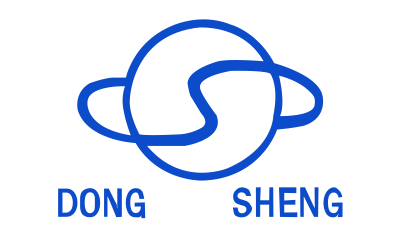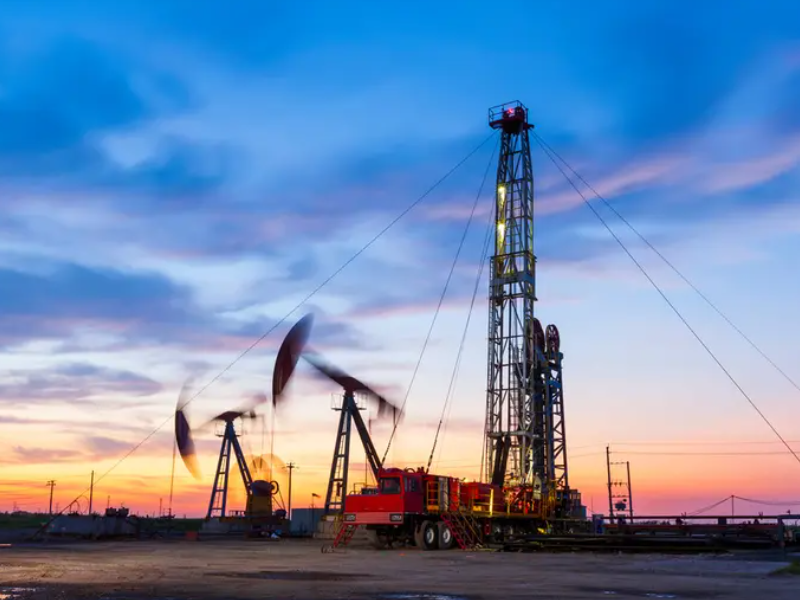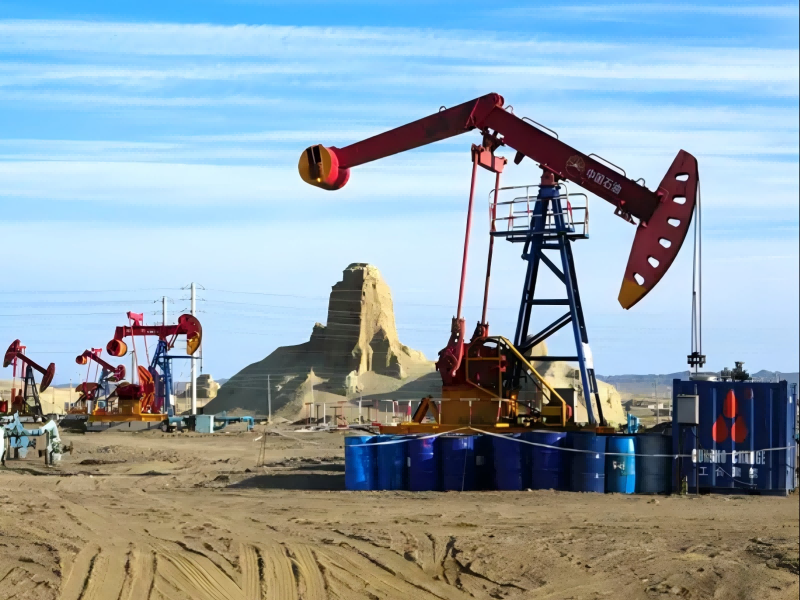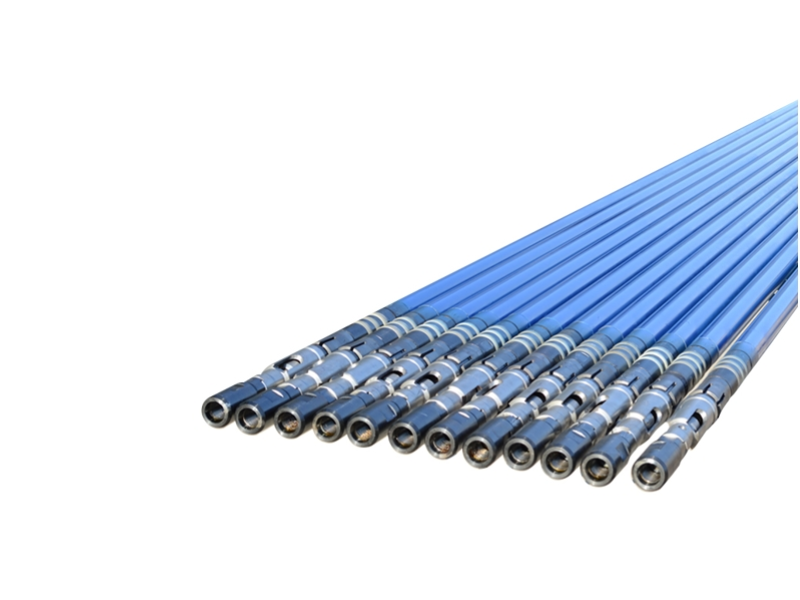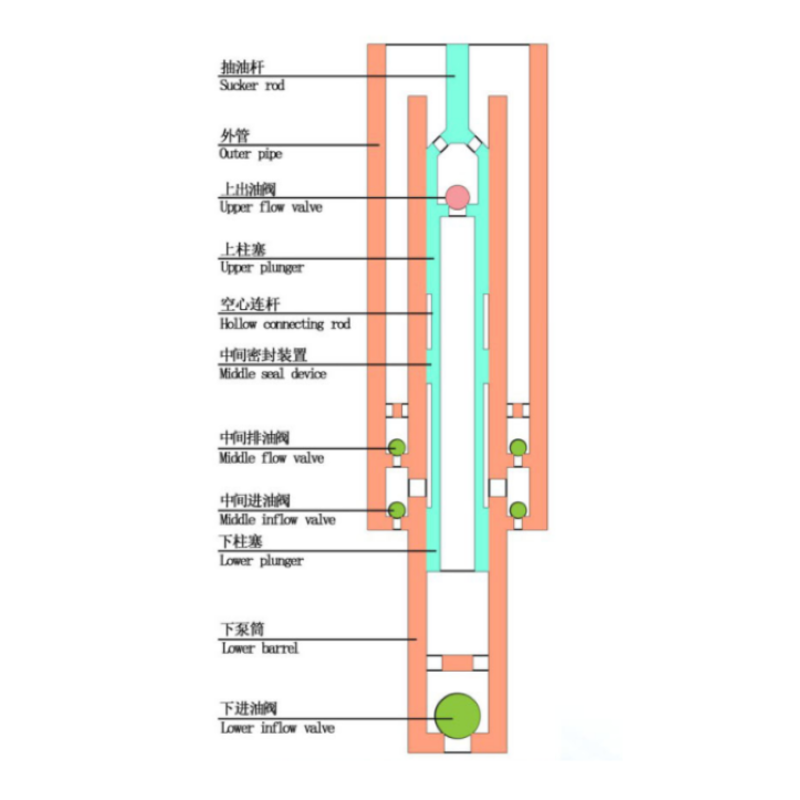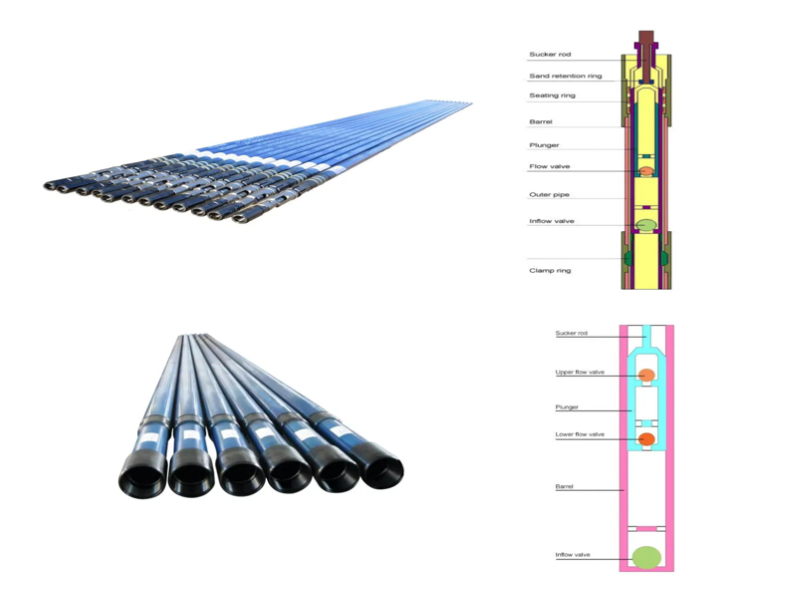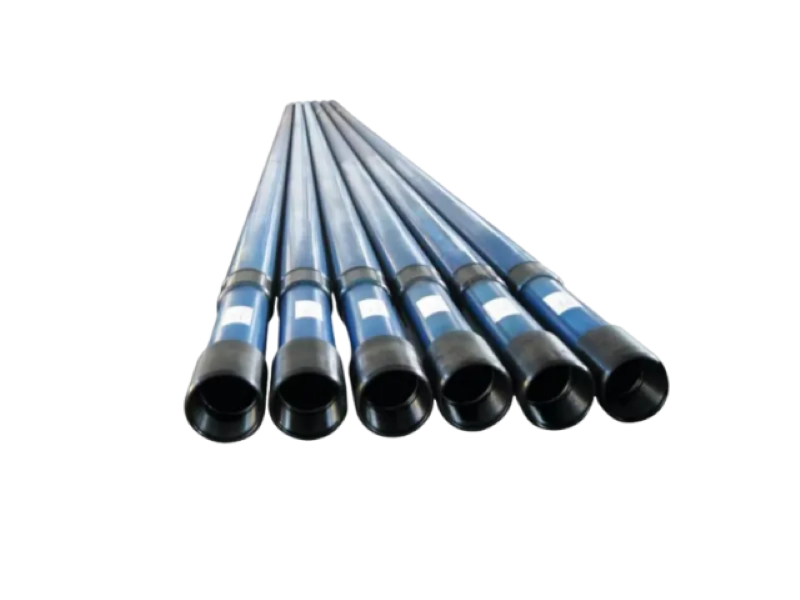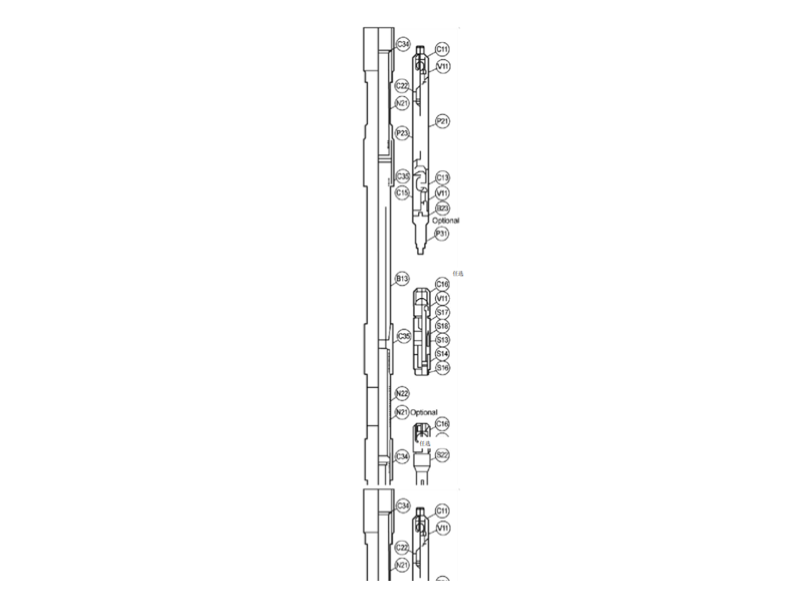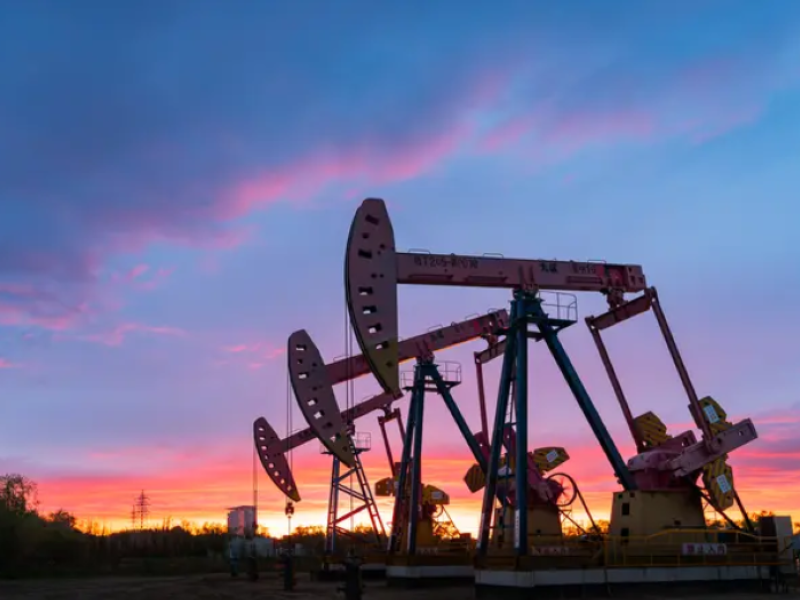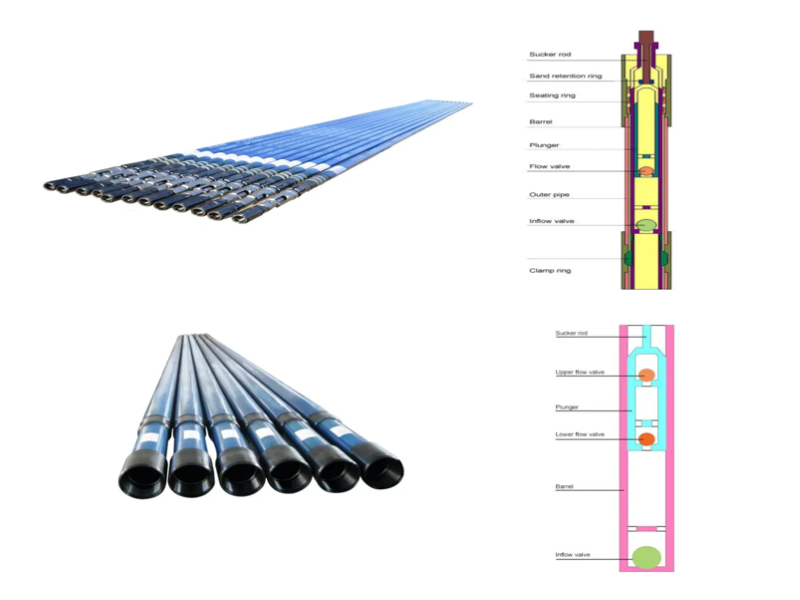11-25/2025
The importance of the sucker rod pump:
Although it accounts for a small proportion of the total cost and weight of a complete rod-operated pumping unit, it is a key component determining the technical and economic indicators of the unit. The operating condition of the sucker rod pump significantly affects the service life of the surface pumping unit and sucker rod. Factors such as plunger jamming, delayed opening and closing of pump valves, and excessive pump clearance volume can all cause overload and malfunction of the pumping unit and sucker rod, leading to well collapse. A schematic diagram of the structure and operation of a sucker rod pump is shown in the figure.
